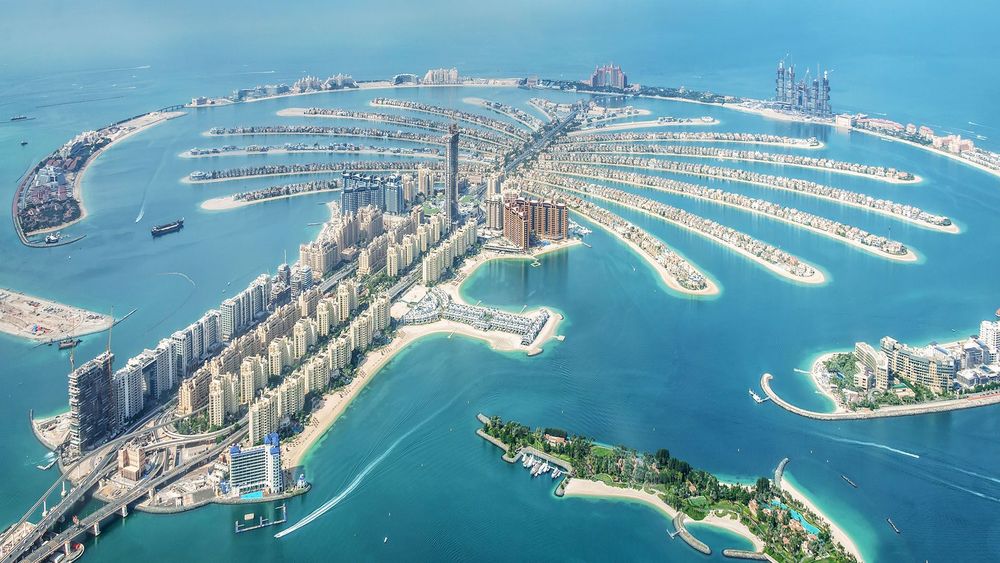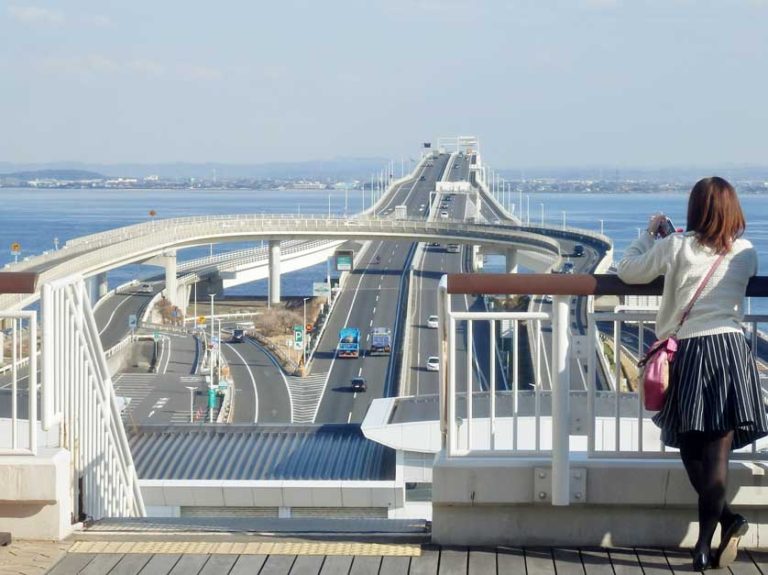20 Engineering Wonders of the World That Seem Like Magic
Itaipu Dam, Brazil/Paraguay
It took 40,000 workers ten years to build the Itaipu Dam, one of the Seven Wonders of the Modern World. Standing nearly 200 meters tall, it’s ten times heavier and 18 times larger than the Hoover Dam. While the Three Gorges Dam has a higher capacity, Itaipu is the world’s largest hydroelectric facility in terms of annual energy production.
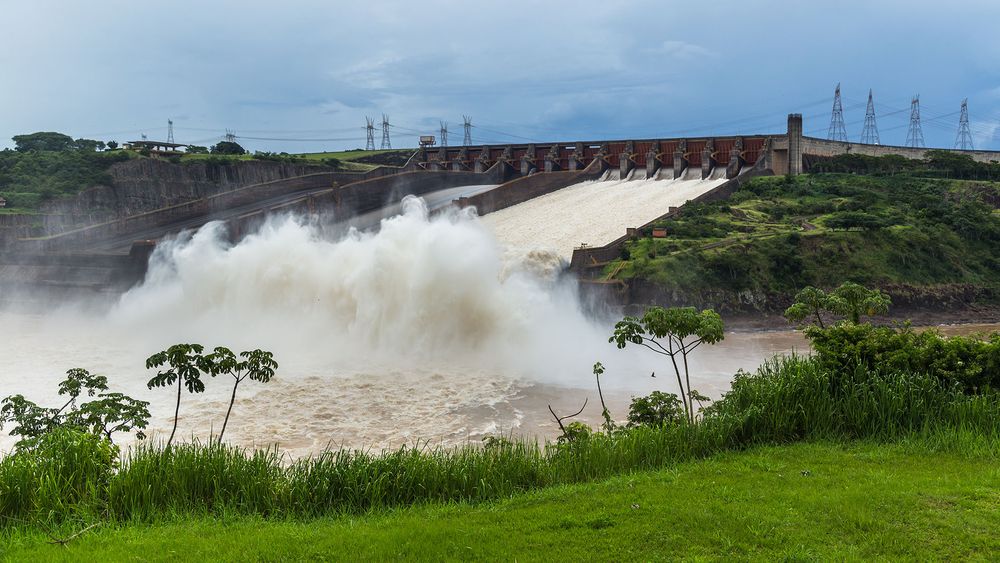
Great Man-made River, Libya
The world’s largest irrigation project delivers 6.5 million cubic meters of fresh water to Libya’s coastal cities, drawing from ancient underground reservoirs in the Sahara Desert. This massive project, costing over $25 billion, involves 2,820 km of pipes and 1,300 wells, many of which are more than half a kilometer deep.
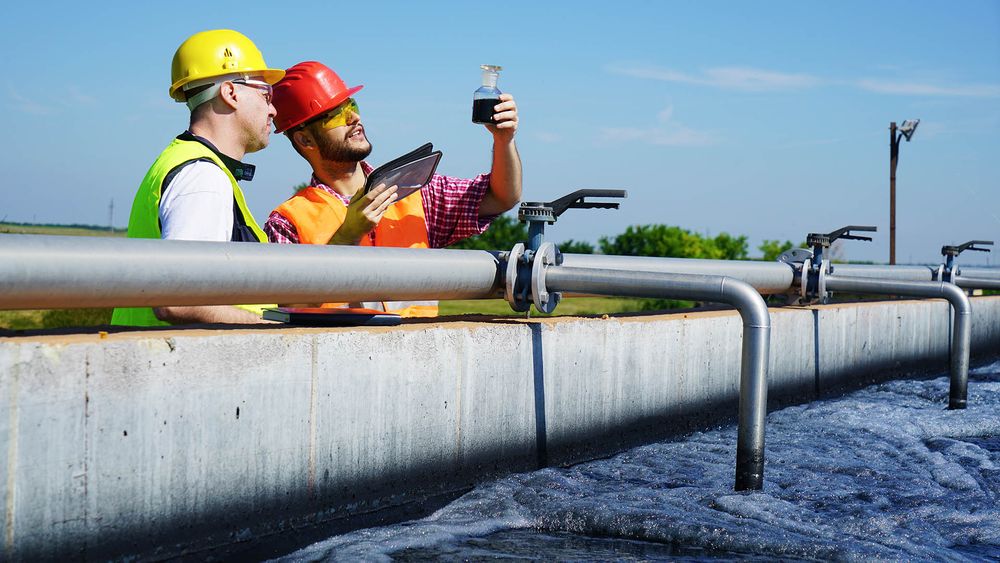
Akashi Kaikyo Bridge, Akashi Strait, Japan
The Akashi Kaikyo Bridge, connecting Kobe on Honshū to Awaji Island in Japan’s Inland Sea, is the longest suspension bridge in the world. Its central span is nearly 2 kilometers long, making up half of the entire structure. Built over ten years by two million workers, the steel cable used in the construction is long enough to wrap around the Earth more than seven times.

Grand Canyon Skywalk, Arizona, USA
The Skywalk is a glass-bottom, horseshoe-shaped structure that extends 20 meters out from the side of the Grand Canyon, standing 1,450 meters above the canyon floor. Opened in 2007, this impressive engineering feat was built using special glass imported from Germany, allowing visitors to safely walk and experience breathtaking (and nerve-wracking) views.
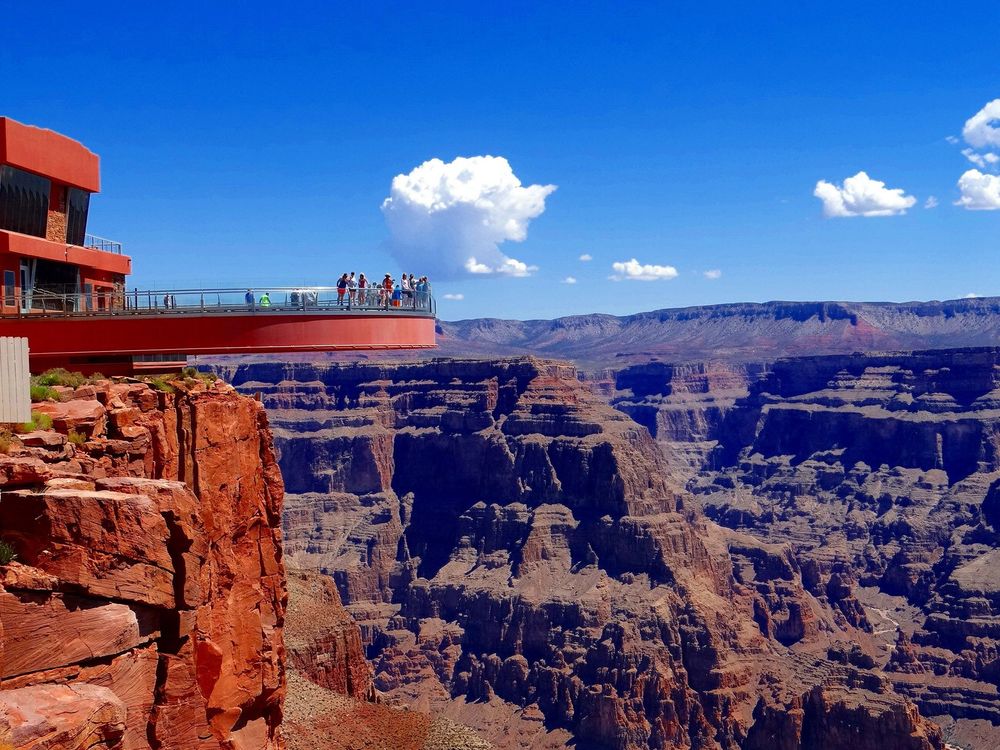
Qinghai-Tibet Railway, China
The Qinghai–Tibet Railway is the first to link Tibet with other provinces. It holds the record for the world’s highest railway track, reaching 5,072 meters above sea level at the Tanggula Pass. Due to the high altitude, the train carriages are equipped with extra oxygen to help passengers breathe comfortably.

The Palm Islands, Dubai, UAE
The Palm Islands in Dubai are the world’s largest man-made archipelago, named for their palm tree shape rather than the plants on them. Only Palm Jumeirah is open to the public, offering luxury resorts built on 94 million cubic meters of sand and 7 million tons of rock.
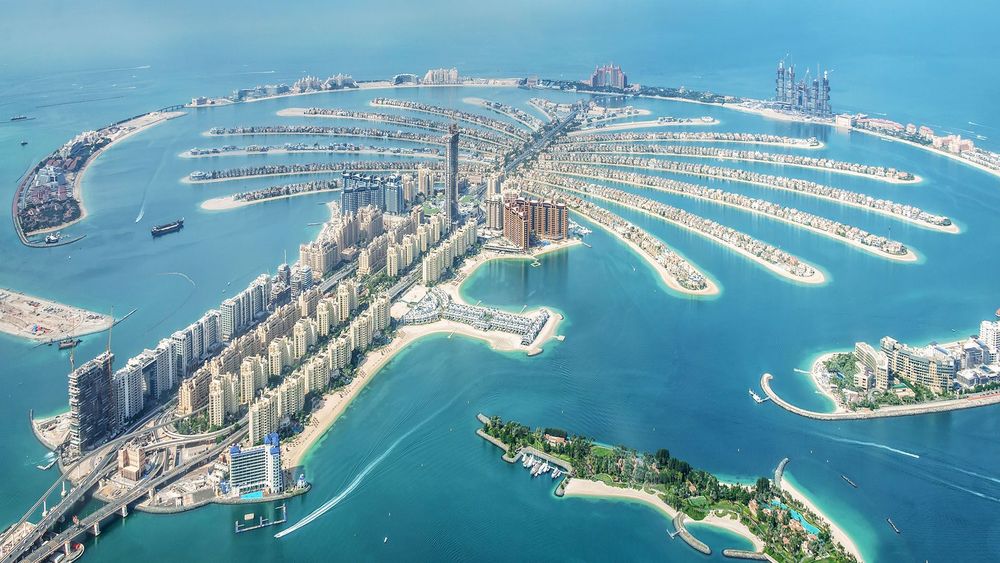
You may also like: Check out 8 of the world’s wonderful glass bridges
Delta Works and Zuiderzee Works, the Netherlands
The Netherlands’ low-lying coastal plains have long been vulnerable to severe flooding. However, with an extensive system of dams, the creation of 2,318 square kilometers of land, and the closure of Zuiderzee Bay, the coastline is now much better protected. These efforts have earned the project recognition as one of the Seven Wonders of the Modern World.

Millau Viaduct, France
The Millau Viaduct, opened in 2004, is often hailed as one of the greatest engineering achievements. This cable-stayed bridge spans the River Tarn valley in southern France and is a breathtaking sight. It holds the title of the world’s tallest road bridge, with its central pillar rising 343 meters above the ground—taller than the Eiffel Tower.
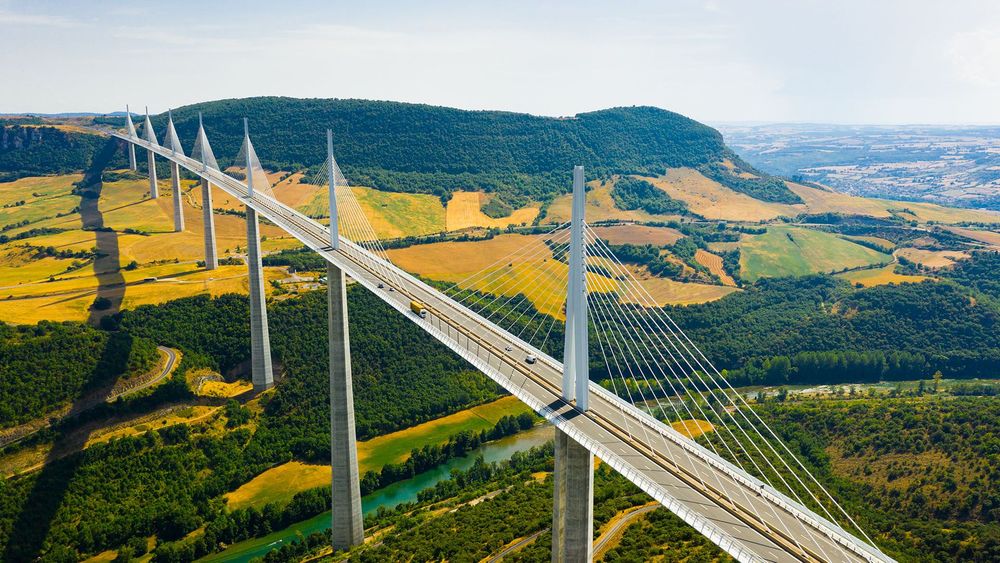
TauTona Mine, Carletonville, South Africa
Tautona Mine, also known as the “great lion” mine, is the deepest mine in the world, reaching a depth of 3.9 kilometers. Gold has been mined there for over 50 years, and it can take miners an hour to travel from the bottom to the surface. Due to its extreme depth, temperatures at the bottom can reach 55°C, so powerful air-conditioning is needed to keep the environment safe for the workers.
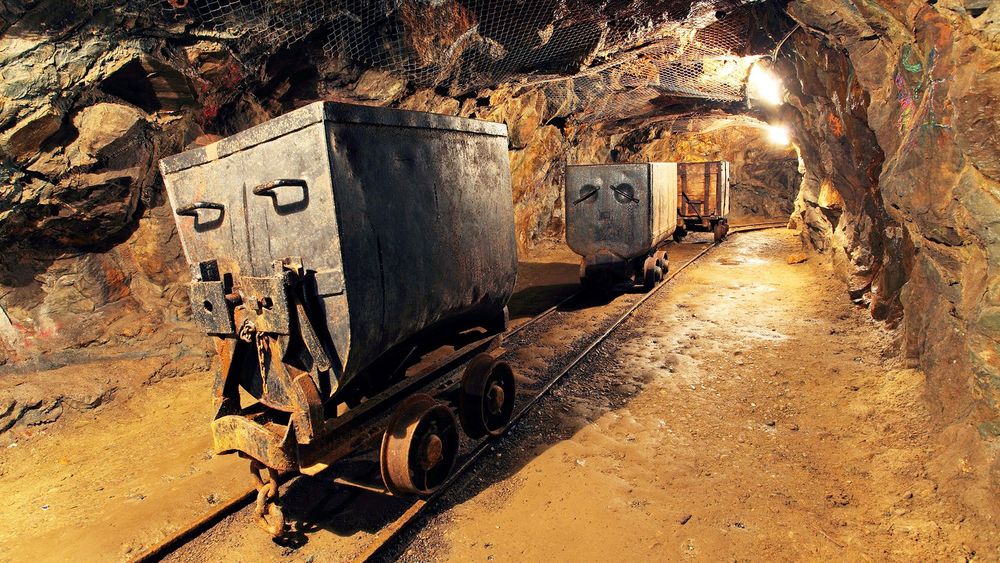
Hoover Dam, Nevada/Arizona, USA
Located on the Nevada-Arizona border, this enormous dam, shaped like an axe, was built during the Great Depression and claimed 112 lives (96 during construction). At the time, it was the largest concrete structure in the world, with enough concrete to create a meter-wide path around the equator. Many of the construction techniques used were untested at the time.
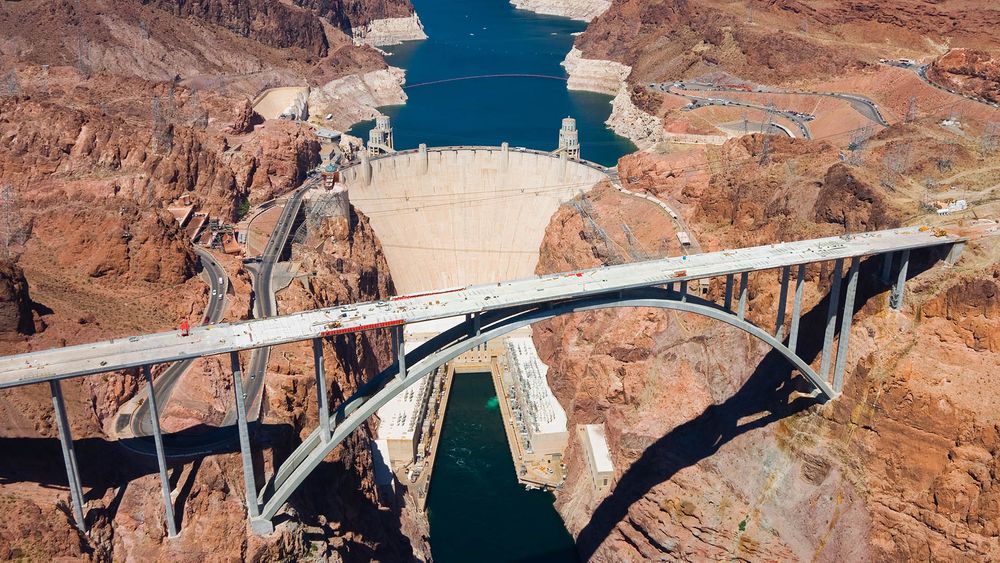
Panama Canal, Isthmus of Panama
The Panama Canal is a 77-kilometer ship canal that connects the Pacific and Atlantic Oceans. It is an important trade route and was one of the toughest engineering projects ever. During its construction, which took 34 years, around 20,000 workers lost their lives, mostly due to disease. The canal officially opened in 1914.
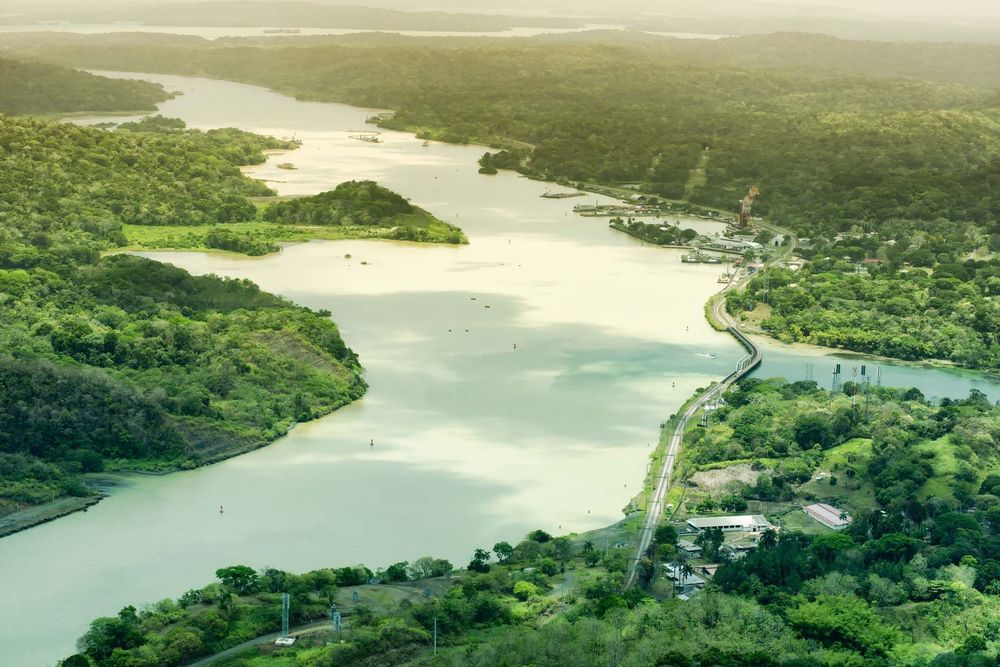
The Bailong Elevator, Zhangjiajie, China
In the stunning Wulingyuan area of China’s Hunan Province, you can find an unexpected attraction: a glass elevator built right into the side of a cliff. Known as the Bailong Elevator, it stands 330 meters tall, making it the highest outdoor elevator in the world. If you don’t mind heights, the views while riding up are amazing!

Channel Tunnel, Folkestone, UK–Calais, France
The Channel Tunnel is the longest underwater tunnel in the world, connecting Folkestone in Kent, UK, to Coquelles in northern France. High-speed Eurostar trains travel through it. The idea for the tunnel was first suggested by French engineer Albert Mathieu in 1802, but construction didn’t begin until 1988. It took six years to build using five tunnel boring machines, and the project cost £9.5 billion.
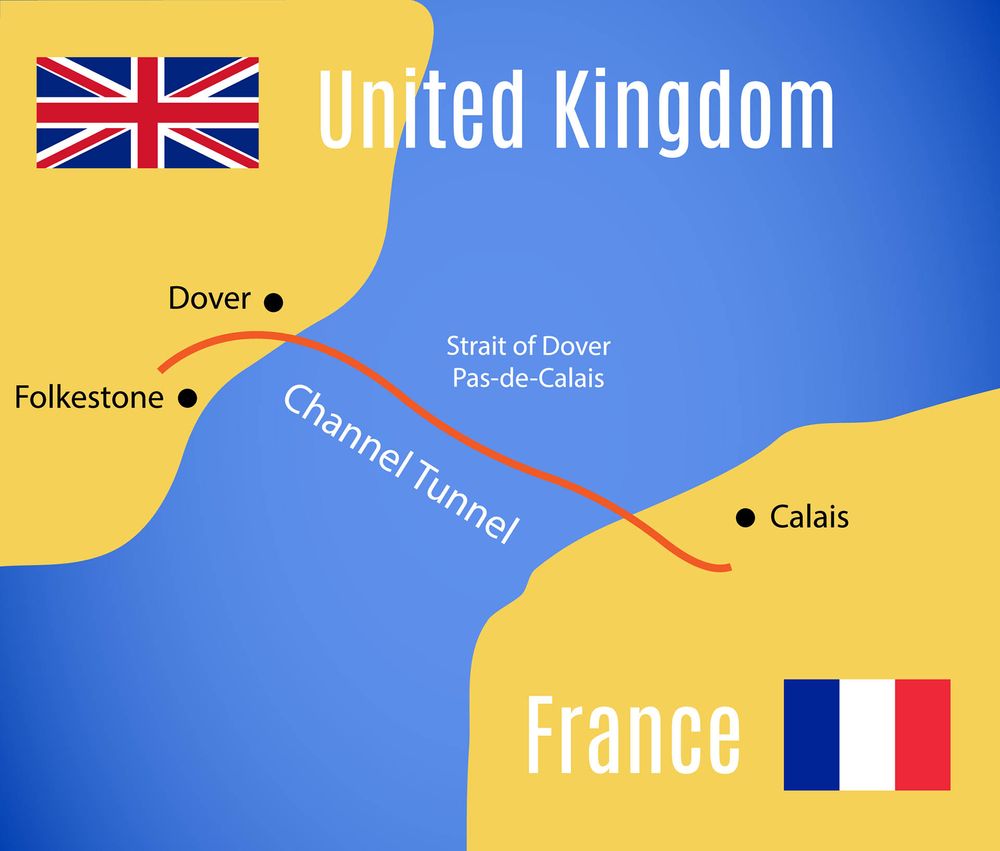
Golden Gate Bridge, San Francisco, USA
Opened in 1937, the Golden Gate Bridge is named after the strait that leads into San Francisco Bay from the Pacific Ocean. Although it lost the title of the longest suspension bridge many years ago, its central span of 1.3 kilometers still makes it an iconic landmark in California. The bridge showcases the amazing engineering advancements made by humans in the past century.

San Alfonso del Mar swimming pool, Algarrobo, Chile
The San Alfonso swimming pool is quite a sight, stretching 1 kilometer long—forty times longer than a typical pool! Opened in 1987, it holds 250 million liters of filtered seawater. Located at the Algarrobo resort, about 90 kilometers from Santiago, the pool runs alongside a beach where swimming is not allowed. It might take you a while to swim a few lengths here!

The New Valley Project, Egypt
Egypt has a rapidly growing population, but only three percent of its land is suitable for farming. To address this challenge, the country is building a system of canals to bring water from Lake Nasser to parts of the Sahara Desert. The goal is to convert 2,340 square kilometers of desert into agricultural land by 2020.

Trans-Siberian Railway, Russia
The longest railway line in the world connects Moscow with eastern Russia and stretches to Japan, China, and Mongolia. The main route goes from Moscow, covering 9,288 kilometers to Vladivostok by the Sea of Japan. This project was started by Tsar Alexander III in 1891. Although the Vladivostok section was finished in 1916, the railway is still being expanded today.
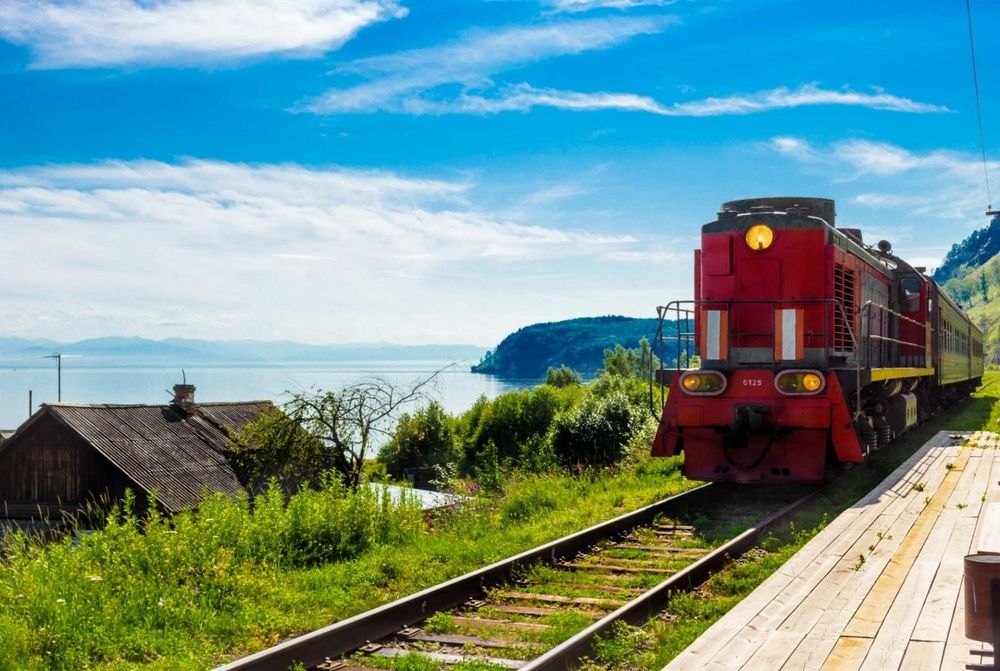
Kansai International Airport, Osaka, Japan
To solve the overcrowding at Osaka’s Itami Airport, a new airport was built on an artificial island measuring 4 kilometers long and 2.5 kilometers wide. This island is linked to the mainland by a 3-kilometer bridge. However, the project faced challenges with the island sinking, making it the most expensive civil engineering project in modern history, costing around $20 billion.
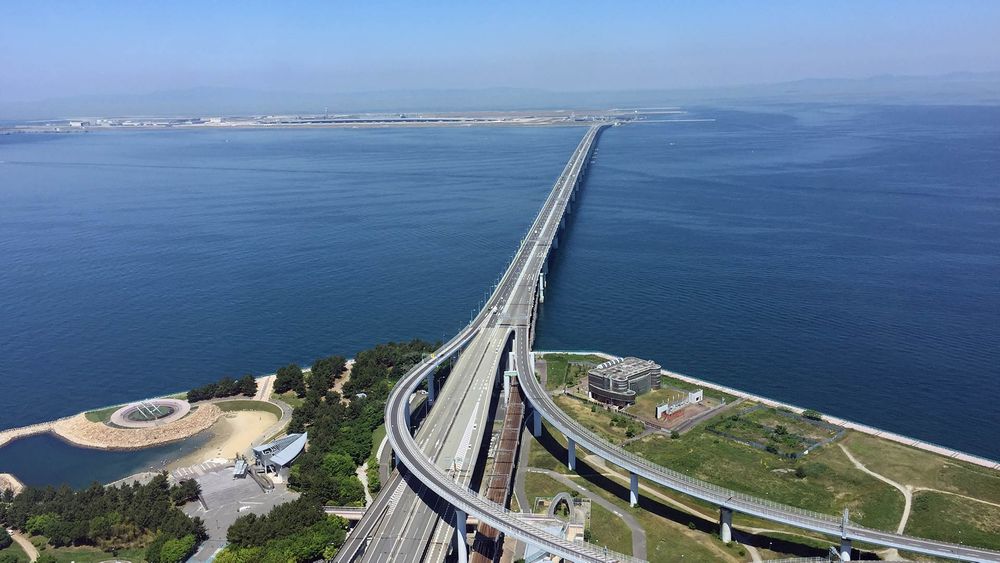
Danyang-Kunshan Grand Bridge, Jiangsu, China
The longest bridge in the world stretches for 164.8 kilometers from Danyang to Kunshan in China’s Jiangsu province, closely following the Yangtze River. This bridge is part of the Beijing-Shanghai high-speed railway. Trains travel along this impressive route, passing through rice paddies and crossing over rivers and lakes, including a nine-kilometer-long section.
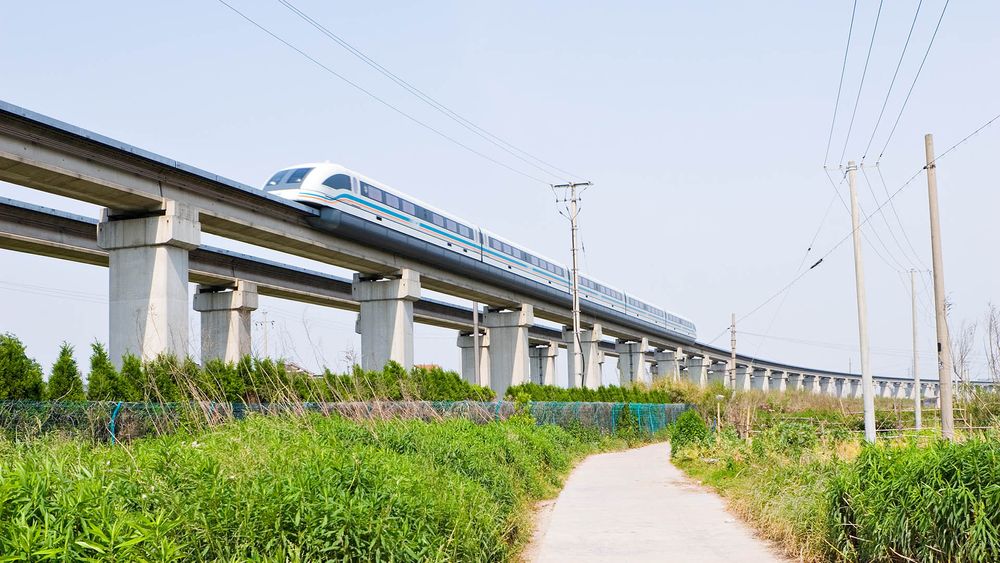
The Big Dig, Boston, USA
In 1959, Boston’s main highway handled 75,000 vehicles each day. By the early 1990s, that number had jumped to 200,000, and experts predicted 16-hour traffic jams by 2010. To tackle the city’s ongoing traffic issues, a large network of tunnels was constructed, costing about $14.6 billion. This project was one of the most expensive and complex engineering efforts in U.S. history.

You may Also like:
-
7 incredible world wonders discovered on Google Earth
-
Tokyo Bay Aqua Line: A marvel of engineering connecting Kanagawa and Chiba
